I have a set of small sized sprites, usually 25x20 sort of sizes, nothing above 256x256. Some of these sprites are duplicated by them being scaled down slightly, or sometimes a couple of pixels are deleted/added to edges or one colour has changed.
How can I find these duplicates? My application is written in C++ and my images are SDL_Surfaces*'es.
I've attached a couple of example sprite sheets showing the sort of sprites I'm trying to compare and de-dupe.
Here is an image that more clearly shows what I am trying to compare since I think some people got confused and think I want to compare the "whole sprite sheet" when really I just want invidual sprites comparing with each other:


